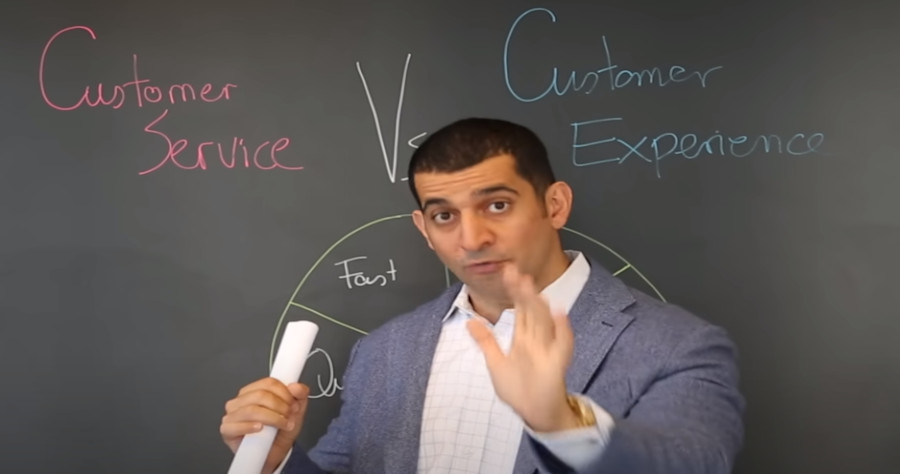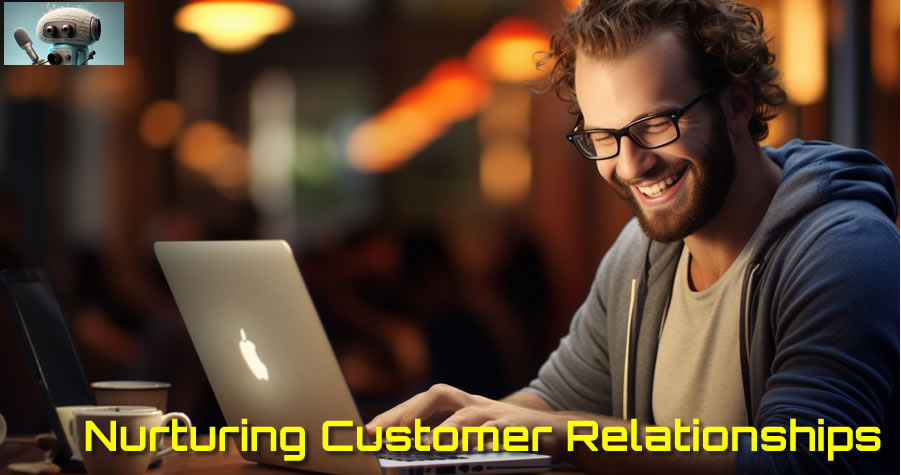As the possibility of recession draws nearer on the horizon, securing existing customers becomes more critical. Customer relationship management (CRM) software can enhance customer lifetime value (CLV) as it enables companies to better understand their customers, improve communication, and provide personalized experiences, leading to increased customer loyalty and higher CLV. By utilizing CRM data, businesses can identify valuable customers, predict their needs, and tailor marketing strategies to enhance customer retention and drive repeat purchases. The article emphasizes that investing in CRM software can significantly improve customer relationships and ultimately boost the overall profitability and success of a business.

How CRM software improves customer lifetime value:
- Customer Insights: CRM software collects and organizes customer data, enabling businesses to gain deep insights into customer behavior, preferences, and purchase history. Understanding customer preferences helps companies personalize their offerings and marketing strategies, increasing the chances of upselling and cross-selling to existing customers.
- Effective Communication: CRM software streamlines communication with customers by centralizing interactions through various channels, such as email, social media, and live chat. Prompt and personalized responses enhance customer satisfaction and foster long-term relationships.
- Targeted Marketing: Leveraging CRM data, businesses can segment their customer base and create targeted marketing campaigns. These personalized messages resonate with customers, leading to higher engagement and improved customer retention.
- Customer Retention Strategies: CRM software helps identify customers at risk of churning, allowing businesses to implement proactive retention strategies. By addressing customer concerns and offering incentives, companies can reduce churn rates and extend the customer lifecycle.
- Predictive Analytics: CRM platforms often incorporate predictive analytics, enabling businesses to forecast customer behavior and needs. By anticipating customer requirements, businesses can be proactive in providing relevant offers and solutions, increasing customer satisfaction and loyalty.
- Enhanced Customer Service: CRM software empowers customer service teams with comprehensive customer profiles, enabling them to provide personalized and efficient support. Satisfied customers are more likely to remain loyal and contribute to higher CLV.
- Customer Feedback and Surveys: CRM systems can facilitate the collection of customer feedback and conduct surveys, enabling businesses to understand customer sentiments and areas for improvement. Addressing customer feedback helps strengthen customer relationships and loyalty.
- Referral and Advocacy Programs: By identifying highly satisfied customers, businesses can encourage them to become brand advocates through referral programs. Positive word-of-mouth referrals can attract new customers with higher CLV potential.
CRM software plays a crucial role in improving customer lifetime value by fostering stronger customer relationships, offering personalized experiences, and increasing customer retention. Utilizing CRM data for targeted marketing, predictive analytics, and effective communication empowers businesses to maximize customer value and drive long-term profitability.
Sonet Dynamics llc helps businesses embrace SuiteCRM to discover how affordable, powerful, and transformative a CRM system can truly be to enhance customer lifetime value.






